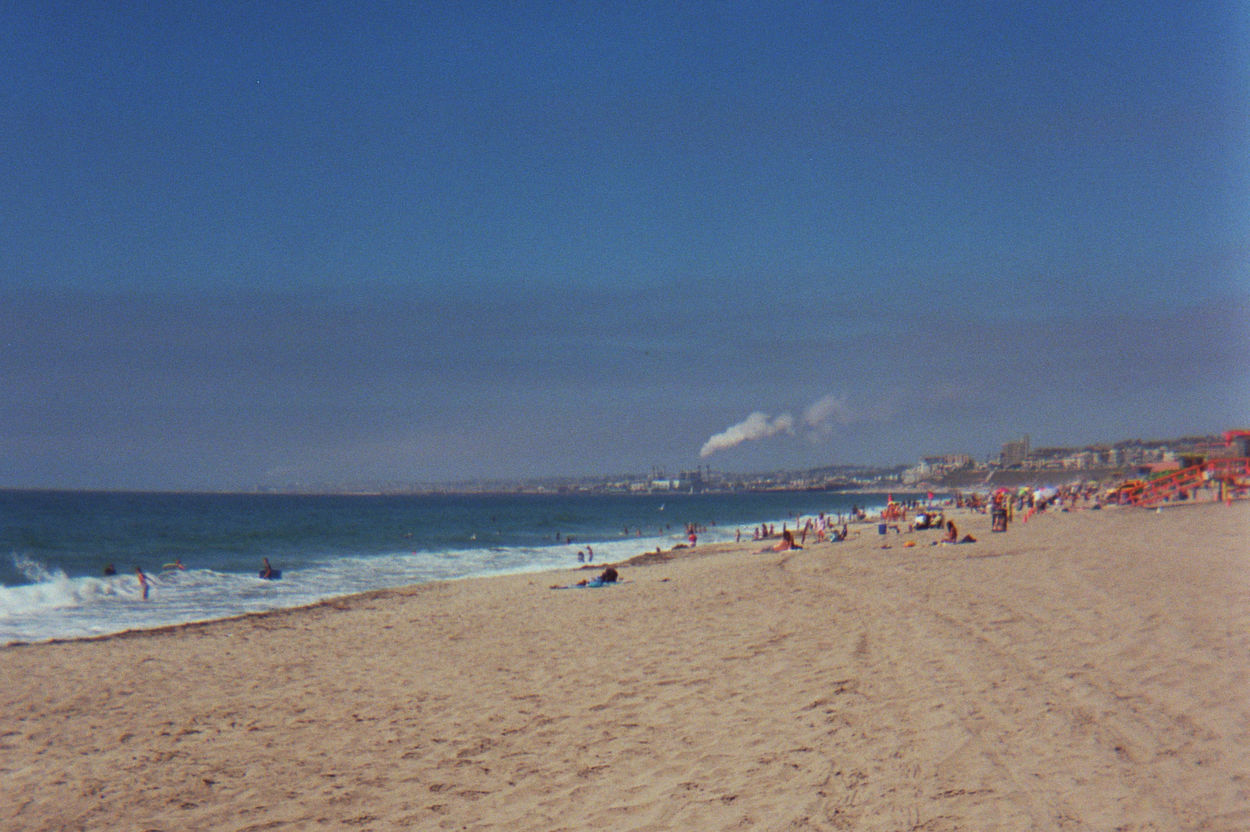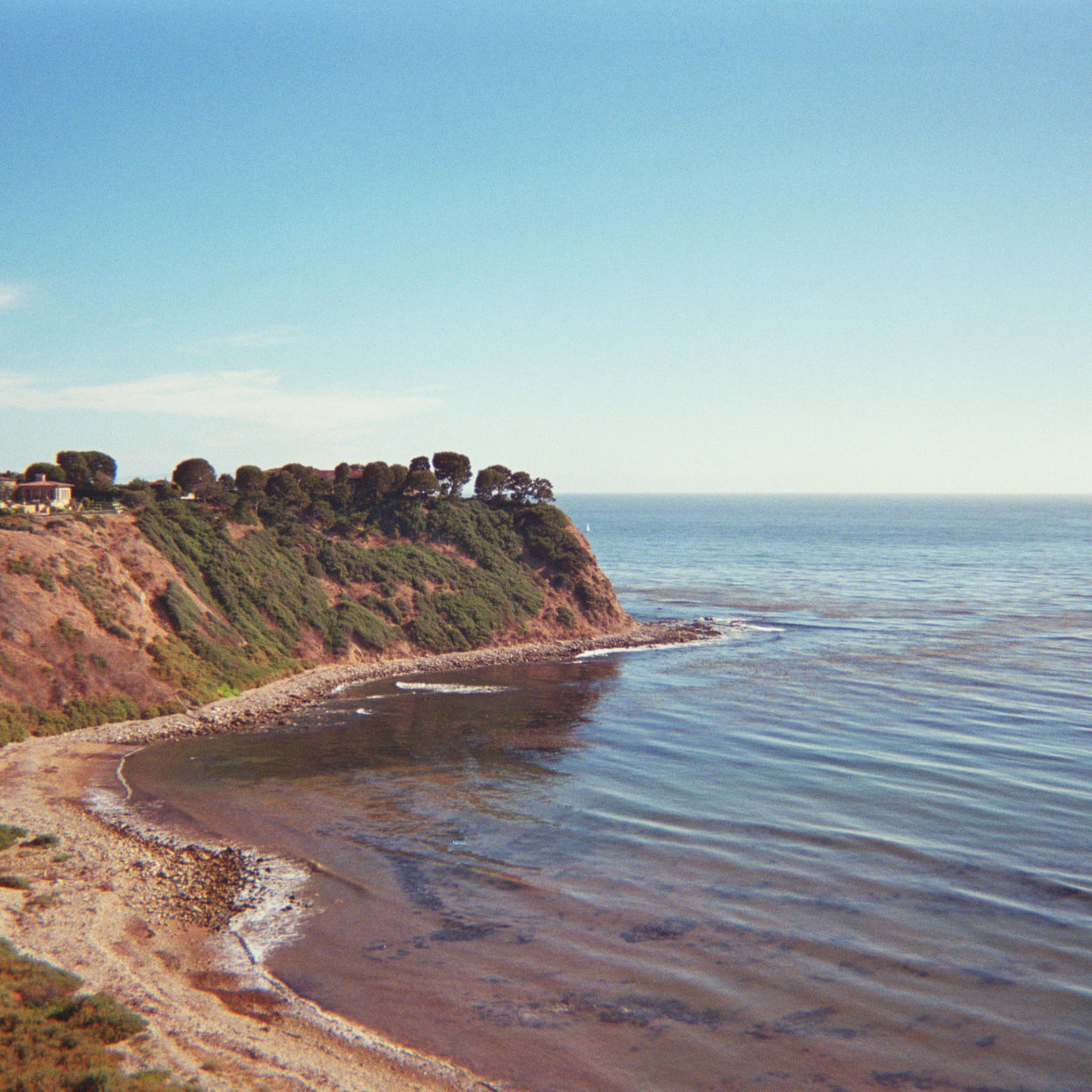Published
“It is also difficult to express the full magnitude of our disinterest in passing some Internet Randolorian’s ‘free speech’ litmus test”
I’ve hosted this site with NearlyFreeSpeech.NET (NFSN) for a few years now and have always been happy with their service.
It’s super bare-bones and no-nonsense—probably not the right platform for people or orgs that need more hands-on support or maintenance, so not one that I usually recommend to clients—but it does exactly what I need it to at just about the lowest cost out there (about $1.96/mo for my site at time of writing). This blog post by Blake Watson is a decent introduction to what they’re like as a host.
They don’t have a flashy website and aren’t ones to post often on their blog, but they did recently post a response to the extremists that have been trying their luck on the platform post-insurrection in no uncertain terms.
We’ve received quite a few emails (and signups) from them in the past week or so. They appear to believe that “free speech” means they can say whatever they want without repercussions. (It does not.) They expect us to agree with them about that. (We do not.) And they believe they’re entitled to our reassurance and, in some cases, assistance. (They are not.)
We have zero time and even less energy to waste on such nonsense. It is also difficult to express the full magnitude of our disinterest in passing some Internet Randolorian’s “free speech” litmus test.
It’s worth reading in full, read “Free Speech in 2021” on the NearlyFreeSpeech blog.
They know what they’re about, as they say they’ve been in the game for 20 years. This post reinforces my satisfaction with them as a hosting provider.





